UP TO THE MINUTE
The evolution of fiberglass roofing
February 21, 2025 at 9:00 a.m.By Dani Sheehan.
Did you know that the use of fiberglass in roofing came out of a pair of accidental discoveries?
John Kenney, CEO of Cotney Consulting Group, recently launched a social media series, “This Week in Roofing History,” on Facebook, where he shares fascinating milestones that have shaped the industry. One of his latest features spotlights the evolution of fiberglass roofing, a revolutionary development that transformed modern roofing systems.
While fiberglass is now a staple in the industry, its use came out of scientific experimentation and industrial necessity. The concept of reinforcing materials with glass fibers dates back to the early 20th century, when researchers were looking for stronger, more durable materials for construction applications. Owens Corning played a crucial role in this innovation, pioneering fiberglass production and finding new ways to incorporate it into roofing solutions.
In 1954, Owens Corning took a major step forward with the installation of the #11 Machine in Newark, New Jersey, utilizing advanced Rotary Fiber (RF) fiberizers inspired by Saint-Gobain's SUPER-TEL technology. This breakthrough enabled the mass production of centrifugally spun fiberglass wool.
By 1955, the company introduced PERMA-PLY, a durable fiberglass-based roofing material designed for built-up roof (BUR) insulation covering. This advancement helped solidify fiberglass as a key component in commercial and industrial roofing, offering superior durability, insulation and fire resistance compared to traditional organic materials.
The 1960s and 1970s marked a turning point for fiberglass roofing. Owens Corning and other manufacturers developed fiberglass reinforcement for shingles, which proved more fire-resistant than the previously used paper-based mats. This transition played a significant role in improving the longevity and safety of roofing materials across the industry. As energy efficiency became a growing concern during the 1970s energy crisis, fiberglass-based roofing products also gained traction due to their ability to enhance thermal insulation and reduce energy consumption.
Fiberglass roofing continues to evolve, driven by ongoing innovation and sustainability efforts. Modern fiberglass shingles, composite panels and reinforced membranes offer superior performance in extreme weather conditions, enhanced fire resistance and improved energy efficiency. These materials also contribute to Owens Corning’s sustainability goals, lowering their carbon footprint by using recycled content and environmentally friendly manufacturing processes to produce.
Learn more about Cotney Consulting Group in their Coffee Shop Directory or visit www.cotneyconsulting.com.
About Dani
Dani is a writer for The Coffee Shops and AskARoofer™. When she's not writing or researching, she's teaching yoga classes or exploring new hiking trails.

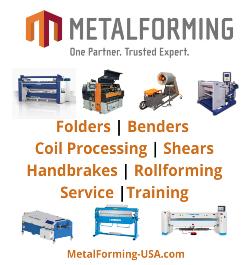
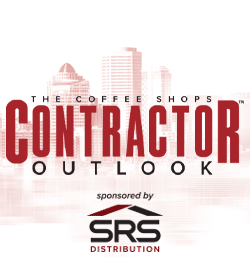
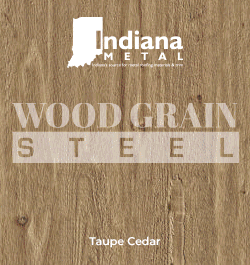
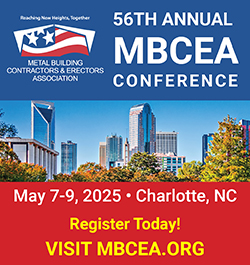
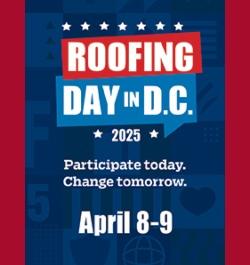

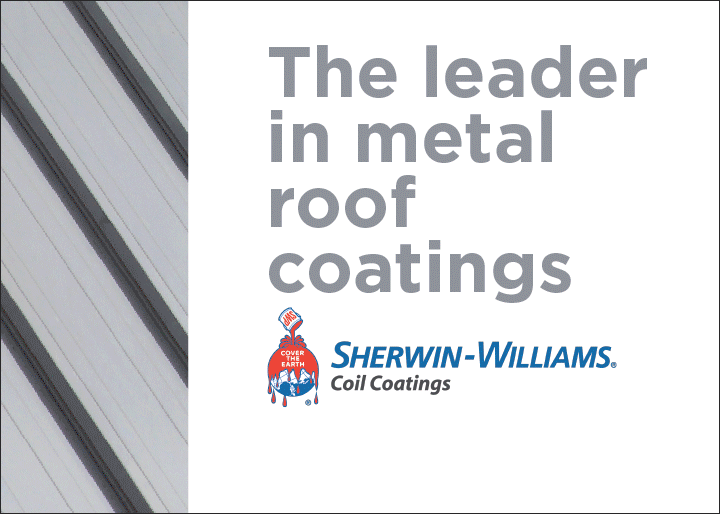
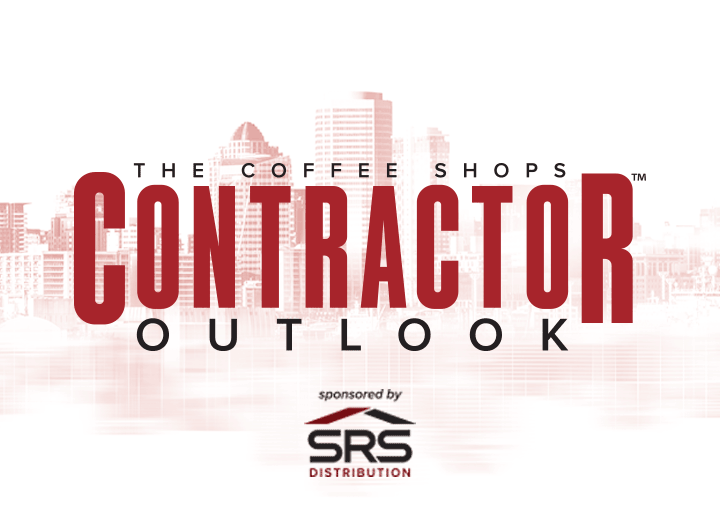

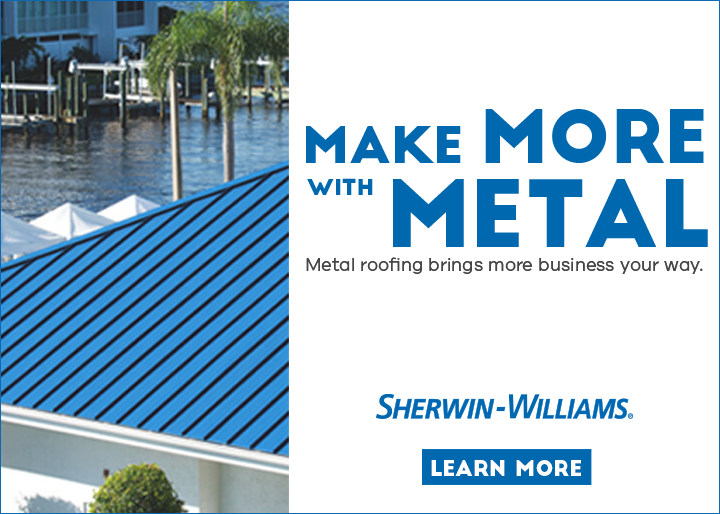

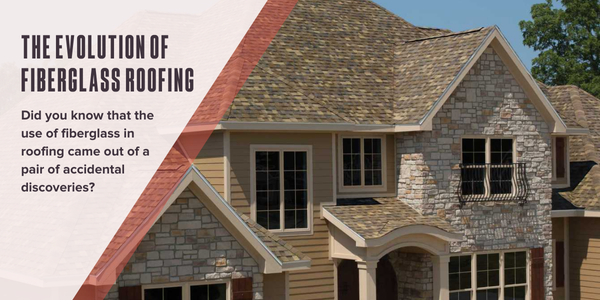
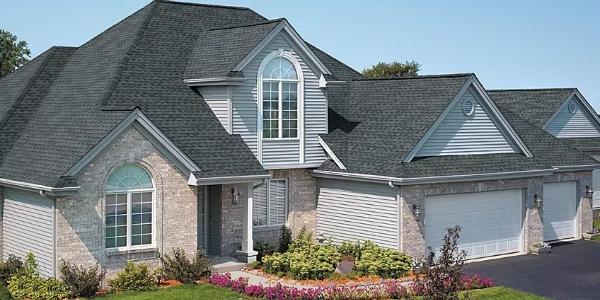
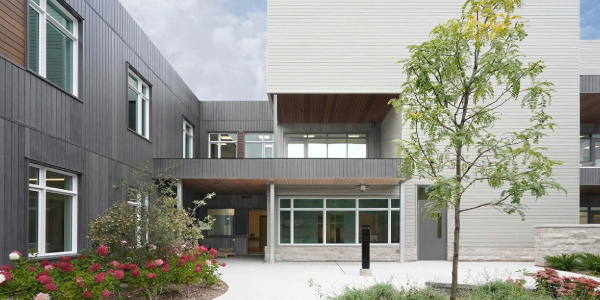
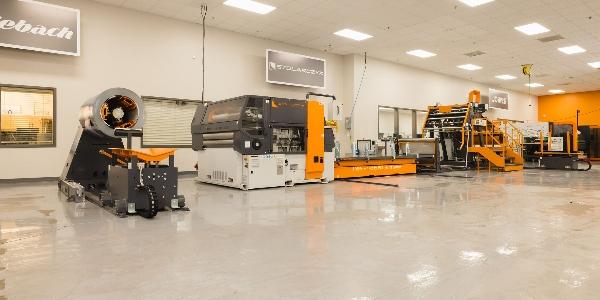

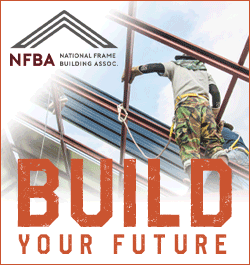

Comments
Leave a Reply
Have an account? Login to leave a comment!
Sign In